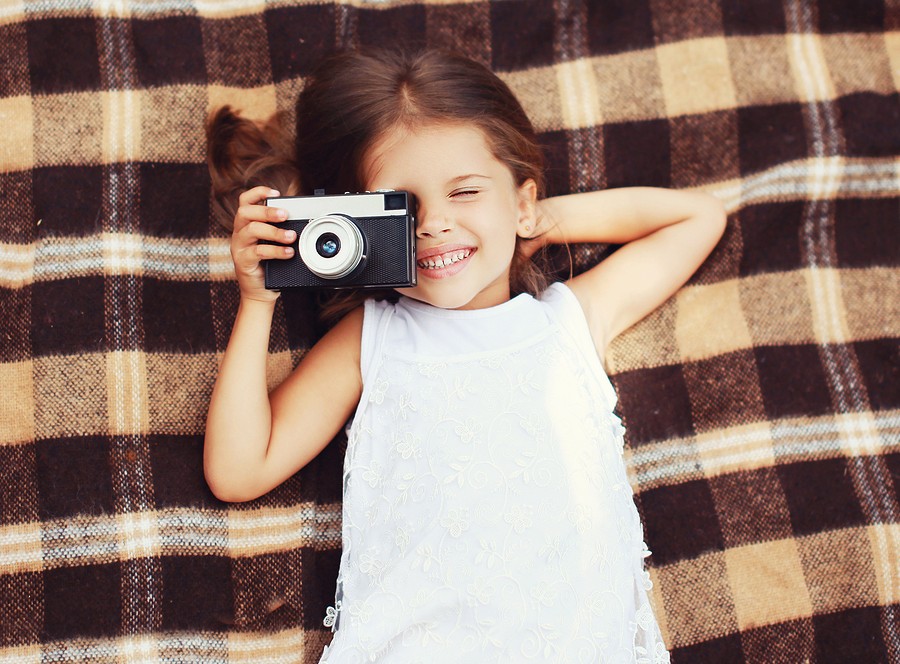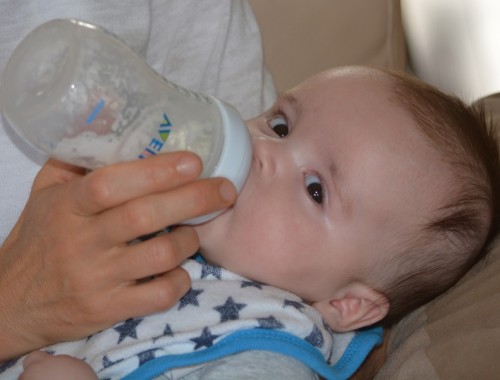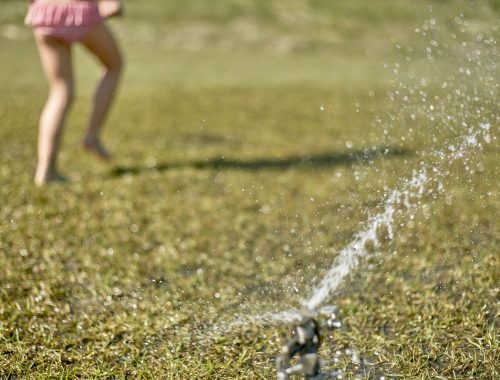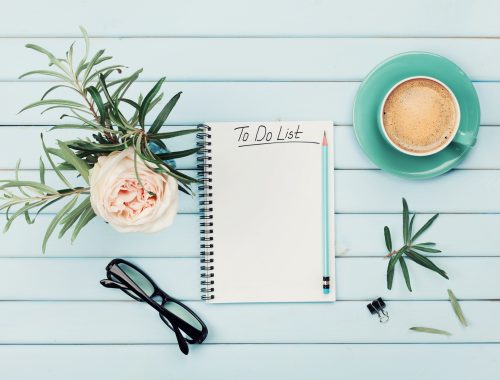There are few treats in life as precious as a photograph that communicates instantly with a viewer, and Annie Griffiths does this with every shot. We had an opportunity, through National Geographic Kids Insiders, to interview this true talent and philanthropist with our most pressing photography questions – particularly about kids and photography!
One of the first women photographers to work for National Geographic, Griffiths has photographed in more than a hundred countries during her illustrious career. She has worked on dozens of magazine and book projects for the National Geographic Society, including stories on Lawrence of Arabia, Baja California, Galilee, Petra, Sydney, New Zealand, and Jerusalem.
In addition to her magazine work, Griffiths is deeply committed to photographing need around the world. She is founder and executive director of Ripple Effect, a collective of photojournalists who cover under-reported issues that impact women and girls. Chief among those issues is the devastating toll that climate change is taking on the world’s most vulnerable.
 Kids and Photography: Our Interview With Annie Griffiths
Kids and Photography: Our Interview With Annie Griffiths
UM: So how does one become a National Geographic photographer?
AG: We are all freelancers on contract. We’re hired for a specific project, like photographing Jerusalem or giraffes. It’s not speculation work, but assignment.
UM: For kids starting out with photography, what device do you suggest? Camera? Smartphone? Tablet?
AG: The least breakable thing you have! Give them your phone if you are done with it. The important thing to remember is that the experience should be 100% creative, not stressful. If they pick up the camera, tell them to put the strap around their neck in case they drop it.
UM: Is a smartphone as good as a camera?
AG: There is almost no difference between the two now. The difference is in creative control. Under or over exposure and thinking outside the box is possible on more sophisticated cameras.
UM: There are so many options to photoshop and alter the original images. Is this concerning?
AG: It’s great and its awful. Photoshop is the current dark room. Photoshop is just as much fun and interesting – it’s where you take your creative image and you print it. You lighten, darken, crop and add colours. What’s important for kids to realize is that using photoshop to change reality is fun to play with, but if they want to tell a story, then it’s best to show what you see to be a true photo journalist. National Geographic doesn’t change reality so the picture is always true. Ask yourself – is it really better because this blue is brighter?
UM: What do you think of social sharing and instagram filters for photos?
AG: I’m not in love with the social component. For kids it can be tricky. I don’t want my daughter to have an instagram account, but with photoshop, she can work with images in a creative way.
UM: What was your drive to get involved in photography?
AG: I was interested in telling stories. I wasn’t really introduced to a camera until I was in college, and film was expensive. I became a journalist on the writing side. Then I realized I could tell stories with photography as well.
UM: What are some basic storytelling guidelines?
AG: Photos can go beyond an individual picture or a selfie. It helps to understand the kinds of pictures that help tell a story. Don’t just think the only picture to take is someone kicking a ball at a soccer game – the ball detail or emotion on a coach’s face can fill in the scene.
We travel with the kids and I love getting their version of the travel experience. Sometimes I get wrapped up in my own photography and not present as a parent.
But then I can turn it into a game, where you can buy yourself ‘work’ time by giving them an assignment. My kids don’t come to the location I’m shooting professionally very often.
UM: How do you organize your photos and your kids’ photos?
AG: As a family, photo sorting can teach kids to be organized – you don’t want your schoolwork in with your brothers’ schoolwork. Digitally, you get to name your own pictures, which is fun for kids. I name mine: AG – Year – Country or assignment. The Kids can be more creative: ST2015AugTriptoCapeCod. Just remember to get rid of the junk. That’s called editing. Photoshop is processing the image. Editing is actually the process of winnowing down and pulling out only the best stuff.
UM: Is there a philosophical difference between old and new cameras – looking through a lens with your eyes versus more technology advanced cameras?
AG: Before digital photography you had to wait to see your pictures so people paid more attention to what was happening in the moment. Digital photos came out with news media for immediacy. Pro photographers call looking back at photos you have just taken on your DSLR ‘chimping. But when you are chimping you aren’t shooting.
UM: Is it still really important for kids to learn the insides of the camera – how a camera actually works?
AG: Yes, but no. They are both true. More and more the automatic settings are very good but if they don’t understand how the camera works, they will never truly be able to be 100% creative. It’s like driving a stick shift – you still get there in an automatic, but driving is more fun when you have the manual control. Usually with kids they are more impatient and with adults there is a bigger fear factor. It is important to know what the settings on your camera do, though. I know a guy who climbed Mt. Everest and screwed up his pictures because he’d only shot in automatic and it’s really white up there.
In all I think it’s very important is helping kids to feel smart and confident is a gift no matter what they pursue.
Related
Feeling Beauty with the Photography of Kyrani Kanavaros
An Interview With Jill Biden
7 Tips to Guarantee Beautiful Family Selfies





[…] For more kips, we spoke to Nat Geo’s Annie Griffiths about taking photos of kids! […]